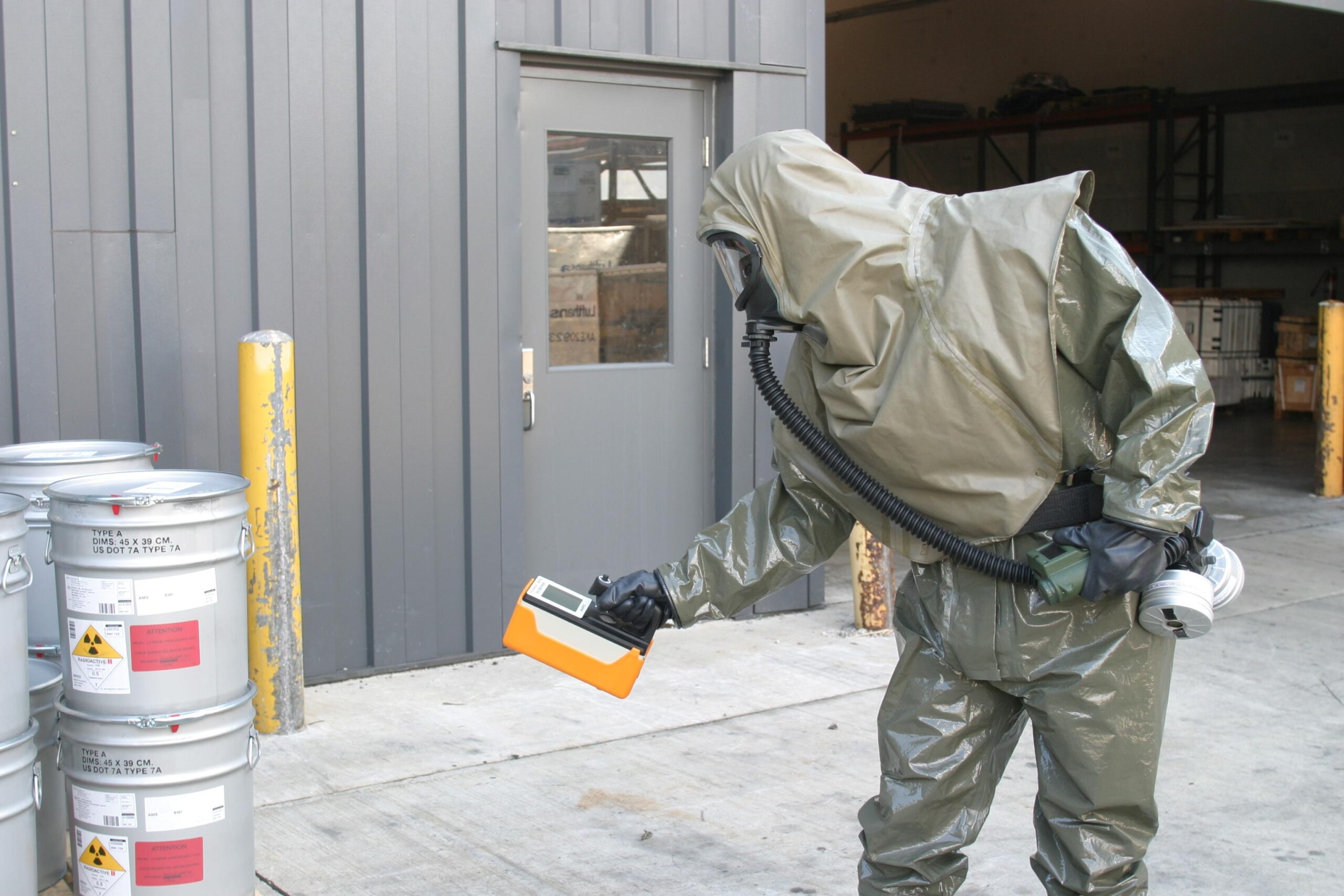Radiation is invisible.
You cannot see it, smell it, or feel it.
But it can cause serious harm.
That is why using the right radiation detector is so important – especially in places like hospitals and nuclear plants.
Still, many people pick the wrong device because they don’t fully understand what they need. This blog will help you figure that out.
Start with the Type of Radiation you are Dealing with
The first step is to know what kind of radiation is present in your workplace. For example – in medical settings, it is usually X-rays and gamma rays. In research labs, you may also deal with alpha or beta particles. And in nuclear industries, neutrons can also be present.
Each of these needs a different type of radiation detector device.
- A Geiger–Müller (GM) counter is good for detecting radiation quickly. But it is not very accurate when it comes to measuring dose.
- An ionization chamber is better if you need accurate dose readings – like in patient monitoring or high-risk areas.
- A scintillation detector is used when you need higher sensitivity, such as in medical imaging or research labs.
If you use the wrong device – you may miss harmful exposure or get inaccurate results.
How and Where Will You Use the Device?
Next, think about how you will use the detector. Do you need handheld, wearable, or fixed systems?
- Handheld meters help when scanning surfaces or around a machine.
- Dosimeter badges or wearable alarms track personal exposure.
- Fixed monitors often go in labs or plants for continuous checks.
Each has its own radiation detector device. You want the right style for your job.
Think About Accuracy V/S Speed
Some detectors show dose rate with precision (ionization chambers). Others catch counts fast (GM tubes). If you are measuring how much radiation someone gets – go with dose-rate tools. If scanning for spilled contamination – go with fast count-rate instruments.
Don’t Ignore the Environment
Temperature and humidity can mess with sensitive detectors. Dust or even vibration may affect readings. Pick gear rated for your setting. Ask questions like – Does it handle heat? Is it splash-proof? Make sure the radiation detection equipment survives the real world.
Calibration and Support Matter
Any meter needs regular calibration, often yearly. You want a supplier who offers that service. And user training too. A tool is only useful if people know how to read it correctly.
Certification is Non-Negotiable
It doesn’t matter how new or expensive the device is – if it is not calibrated, it will not give reliable readings.
Make sure,
- The device is certified by proper authorities (like AERB in India).
- It is calibrated once a year.
- The supplier provides ongoing support and training.
Many people skip this part and end up with a device that “looks” fine but doesn’t work properly.
Quick Fact
According to a report by Persistence Market Research, the global market for radiation detection and safety equipment is expected to grow from US$ 3.0 billion in 2025 to US$ 5.1 billion by 2032, with a yearly growth rate of 7.8%.
A Quick Checklist for You
- List the types of radiation your team faces.
- Decide if you need dose precision or quick spot checks.
- Choose handheld, wearable, or fixed depending on your workflow.
- Verify the device specs fit your environment.
- Work with a vendor who offers calibration and training.
Using this checklist, you get more than a tool – you get safety. A strong radiation detector helps avoid risks. The radiation detector device becomes a trusted part of your safety routine. And solid radiation detection equipment brings peace of mind. If you are not sure what to choose, it is always better to speak to professionals. INRAD offers certified radiation detection systems and support for industrial setups across India.

